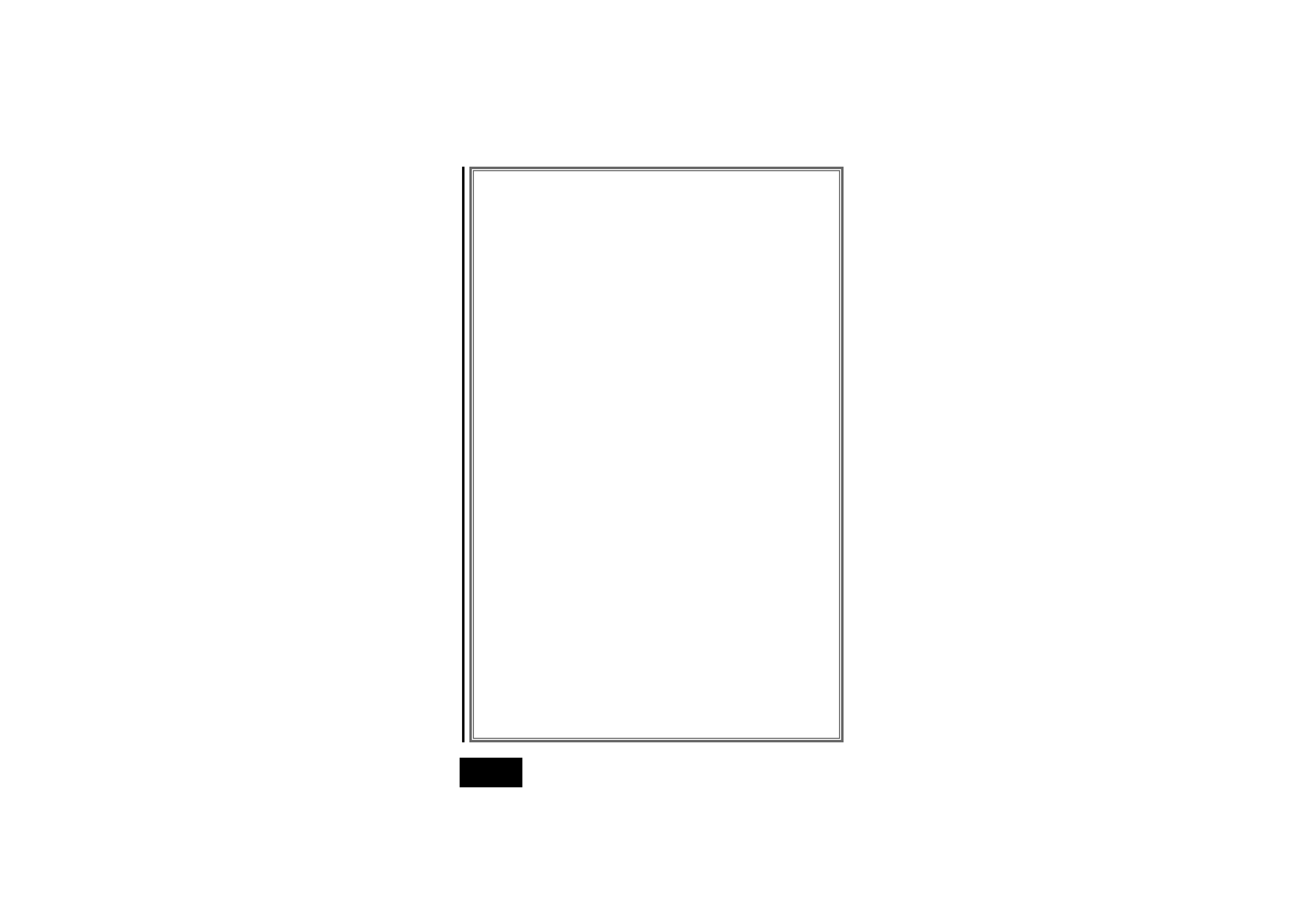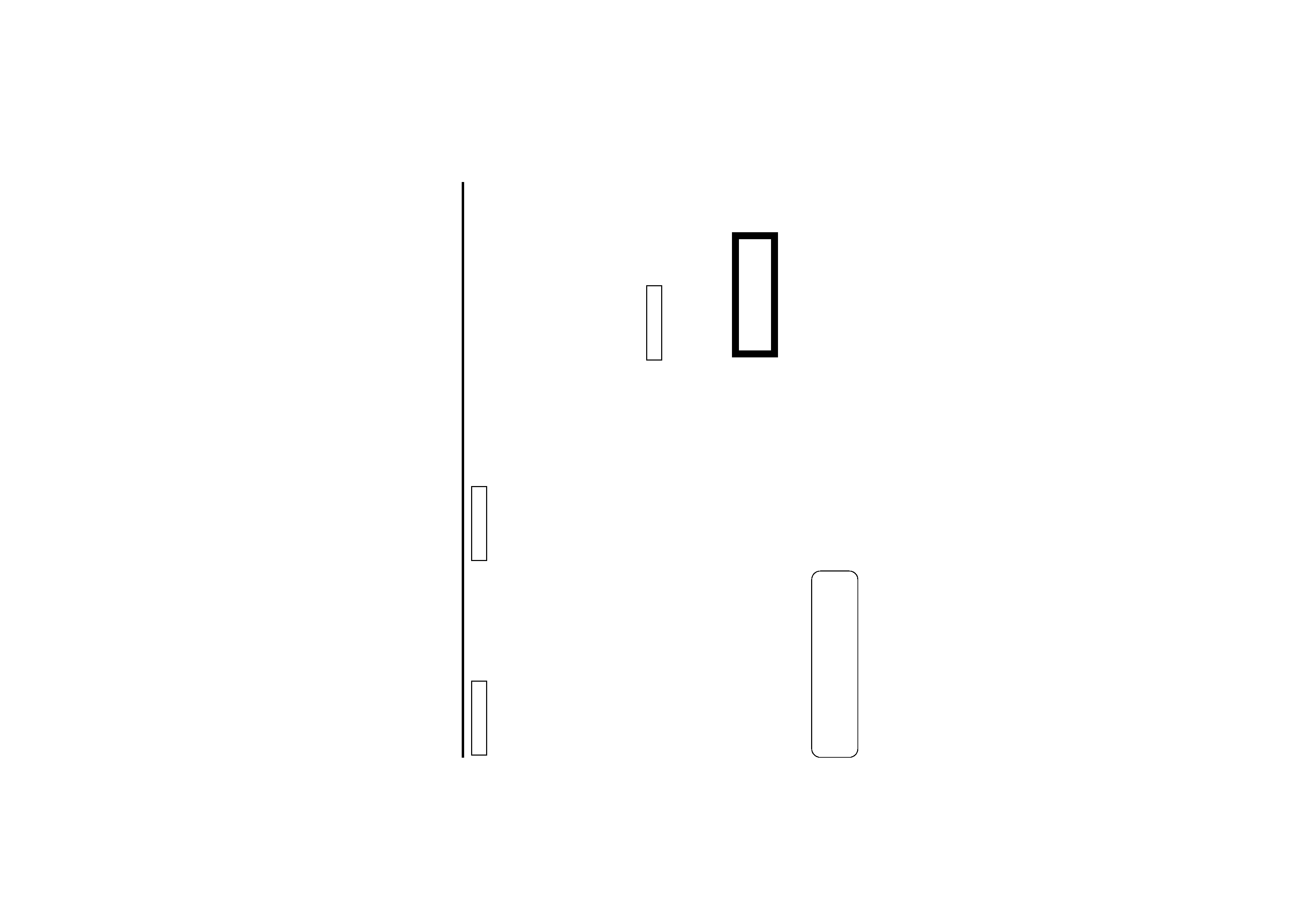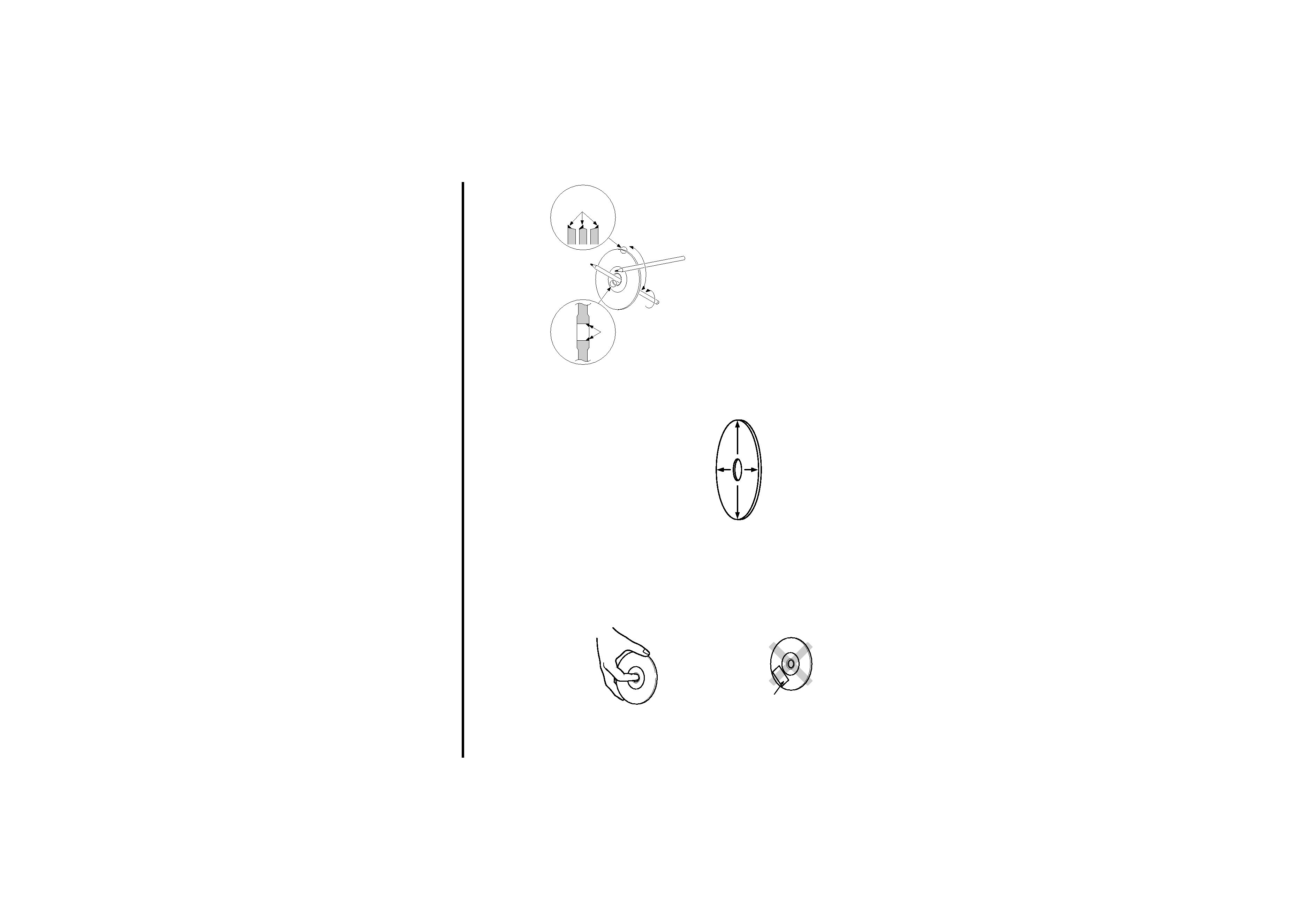
DPX-4020/MH4
DPX-4020/PH4
© B64-2501-00/00 (MW)
DOUBLE DIN SIZED CD/CASSETTE RECEIVER
INSTRUCTION MANUAL
03.DPX-4020_M_US_PH4
02.6.3
3:54 PM
Page 1

-- 2 --
English
Contents
Safety precautions
Safety precautions ........................................................................3
Handling Compact discs ...............................................................5
General features
Power............................................................................................7
Volume ..........................................................................................7
Attenuator .....................................................................................7
Switching Modes ..........................................................................8
Audio Control Setting....................................................................8
Spectrum Analyzer Display Selection ...........................................9
Sub Spectrum Analyzer Display Selection ....................................9
Switching Display........................................................................10
Adjusting Time ............................................................................10
Tuner features
Tuning..........................................................................................11
Station Preset Memory...............................................................11
Clean Reception System Circuit (CRSC).....................................11
Frequency Step Setting ..............................................................12
Switching Display for Tuner ........................................................12
Station Name Preset (SNPS) ......................................................12
Cassette player features
Playing Cassette Tapes ...............................................................14
Fast Forwarding and Rewinding Cassette Tapes........................14
Using Dolby B Noise Reduction..................................................14
Switching Tape Types .................................................................14
Using Direct Program Search System (DPSS)............................15
Blank Skip ...................................................................................15
Index Scan ..................................................................................15
Music Repeat..............................................................................16
Switching Display for Cassette Tapes ........................................16
CD/External disc control features
Playing CDs.................................................................................17
Playing Other Disc mode ............................................................17
Fast Forwarding and Reversing Disc Play ..................................17
Switching Display for Discs ........................................................18
Track Search................................................................................18
Disc Search .................................................................................18
Track Repeat ...............................................................................19
Disc Repeat.................................................................................19
Track Scan ...................................................................................19
Random Play ...............................................................................19
Magazine Random Play...............................................................20
Text / Title Scroll..........................................................................20
Presetting Disc Names (DNPS) ..................................................20
DSP/Equalizer control features
DSP (Digital Signal Processor) ....................................................22
Sound Field Control.....................................................................22
Equalizer Easy Mode...................................................................22
Equalizer Pro Mode.....................................................................22
Function Set System
Function Set System...................................................................24
Dimmer Level Adjustment..........................................................25
Touch Sensor Tone......................................................................25
Switching preout.........................................................................25
Opening Display..........................................................................25
Equalizer Mode ...........................................................................25
Security Code..............................................................................26
Selecting Tuning Mode ...............................................................27
Auto Memory Entry ....................................................................27
Text Scroll....................................................................................27
Basic Operations of remote ................................28
Installation
Accessories.................................................................................30
Installation Procedure .................................................................30
Connecting Wires to Terminals...................................................31
Installation ...................................................................................32
Troubleshooting Guide........................................33
Specifications .....................................................36
03.DPX-4020_M_US_PH4
02.6.3
3:54 PM
Page 2

-- 3 --
Safety precautions
To prevent injury or fire, take the
following precautions:
· Insert the unit all the way in until it is fully
locked in place. Otherwise it may fall out of
place when jolted.
· When extending the ignition, battery, or
ground wires, make sure to use
automotive-grade wires or other wires with
a 0.75mm2 (AWG18) or more to prevent
wire deterioration and damage to the wire
coating.
·To prevent a short circuit, never put or
leave any metallic objects (such as coins or
metal tools) inside the unit.
· If the unit starts to emit smoke or strange
smells, turn off the power immediately and
consult your Kenwood dealer.
· Make sure not to get your fingers caught
between the faceplate and the unit.
· Be careful not to drop the unit or subject it
to strong shock.
The unit may break or crack because it
contains glass parts.
2WARNING
To prevent damage to the machine,
take the following precautions:
· Make sure to ground the unit to a negative
12V DC power supply.
· Do not open the top or bottom covers of
the unit.
· Do not install the unit in a spot exposed to
direct sunlight or excessive heat or
humidity. Also avoid places with too much
dust or the possibility of water splashing.
· Do not subject the faceplate to excessive
shock, as it is a piece of precision
equipment.
· When replacing a fuse, only use a new one
with the prescribed rating. Using a fuse
with the wrong rating may cause your unit
to malfunction.
·To prevent a short circuit when replacing a
fuse, first disconnect the wiring harness.
· Do not place any object between the
faceplate and the unit.
· Do not use your own screws. Use only the
screws provided. If you use the wrong
screws, you could damage the unit.
· Do not apply excessive force to the open
faceplate or place objects on it. Doing so
will cause damage or breakdown.
2CAUTION
IMPORTANT INFORMATION
About the disc changer to be
connected:
To connect a disc changer having the "O-N"
switch to this unit, set the "O-N" switch to
"N".
When you connect a model with no "O-N"
switch, the converter cord CA-DS100
available as an option may be required. For
details, consult your Kenwood dealer.
If a model with no "O-N" switch is
connected, some unavailable functions and
information that cannot be displayed are
generated, such as the DNPS, Magazine
random play, and CD Text display.
Note that none of the KDC-C100, KDC-C302,
C205, C705, and non-Kenwood CD changers
can be connected.
You can damage both your unit and
the CD changer if you connect them
incorrectly.
The marking of products using lasers
(Except for some areas)
The label is attached to the chassis/case and
says that the component uses laser beams
that have been classified as Class 1. It
means that the unit is utilizing laser beams
that are of a weaker class. There is no
danger of hazardous radiation outside the
unit.
CLASS 1
LASER PRODUCT
2CAUTION
Manufactured under license from Dolby
Laboratories.
"Dolby" and the double-D symbol are
trademarks of Dolby Laboratories.
03.DPX-4020_M_US_PH4
02.6.3
3:54 PM
Page 3

-- 4 --
English
· If you experience problems during
installation, consult your Kenwood dealer.
· If the unit fails to operate properly, press
the RESET button. The unit returns to
factory settings when the RESET button is
pressed. If the unit still fails to operate
properly after the RESET button has been
pressed, contact your local KENWOOD
dealer for assistance.
·Press the reset button if the disc auto
changer is first controlled and operates
incorrectly. The original operating condition
will return.
· The illustrations of the display and the
panel appearing in this manual are
examples used to explain more clearly how
the controls are used. Therefore, what
appears on the display in the illustrations
may differ from what appears on the
display on the actual equipment, and some
of the illustrations on the display may
represent something impossible in actual
operation.
· The functions that can be used and the
information that can be displayed will differ
depending on the external disc players
being connected.
NOTE
Reset button
Cleaning the Unit
If the faceplate of this unit is stained, wipe it
with a dry soft cloth such as a silicon cloth.
If the faceplate is stained badly, wipe the
stain off with a cloth moistened with neutral
cleaner, then wipe neutral detergent off.
Applying spray cleaner directly to the unit
may affect its mechanical parts. Wiping the
faceplate with a hard cloth or using a volatile
liquid such as thinner or alcohol may scratch
the surface or erases characters.
Cleaning the CD Slot
As dust tends to accumulate in the CD slot,
clean it every once in a while. Your CDs can
get scratched if you put them in a dusty CD
slot.
Lens Fogging
Right after you turn on the car heater in cold
weather, dew or condensation may form on
the lens in the CD player of the unit. Called
lens fogging, CDs may be impossible to play.
In such a situation, remove the disc and wait
for the condensation to evaporate. If the unit
still does not operate normally after a while,
consult your Kenwood dealer.
2CAUTION
Cleaning the Tape Head
After you have listened to many cassettes
over a long period of time, magnetic powder
from the tapes and dust accumulates on the
tape head, causing noise and a deterioration
in sound quality. Clean the tape head using a
cleaning tape or cleaning kit designed for use
in car audio systems.
Handling Cassette Tapes
· Do not play a cassette whose tape has gone
slack. In such a case, wind it tight using a
pencil or the like in one of the spools.
Playing slack cassette tapes can result in the
tape tangling around the capstan and/or
pinch rollers, causing trouble.
· Do not play a deformed cassette or one
whose label is starting to come off, as it can
cause the unit to malfunction.
· Do not leave tapes in hot places, such as on
dashboards and other spots exposed to
direct sunlight, or near heater outlets. They
can deform the cassette.
·Avoid using extremely long cassette tapes,
such as 100-minute-long tapes. Such tapes
are very thin, and can tangle easily around
the pinch rollers or other parts inside the
unit, causing unit failure.
· Remove a cassette tape from the unit when
not listening to it for a while. If you leave a
tape in the unit too long, it may stick to the
tape head and cause unit malfunction.
Safety precautions
03.DPX-4020_M_US_PH4
02.6.3
3:54 PM
Page 4

-- 5 --
Handling Compact discs
Playing a CD that is dirty, scratched
or warped can cause the sound to
skip and the unit to operate
incorrectly, resulting in worsened
sound quality. Take the following
precautions to prevent your CDs from
getting scratched or damaged.
Handling CDs
· Do not touch the recorded side of the CD
(the side opposite the label) when holding
it.
· The reflective film on a CD-R or a CD-RW is
more fragile than that on an ordinary music
CD, and may peel off if scratched. Fingerprints
on a CD-R or CD-RW are also more likely to
cause skipping when the disc is played. For
these reasons, handle the disc very carefully.
Detailed handling instructions will appear on
the CD-R or CD-RW package: read this
information carefully before using the disc.
· Do not stick tape on either side of the CD.
Storing CDs
·Do not store CDs in areas exposed to
direct sunlight (such as a car seat or the
dashboard) or other hot places. A CD-R or
CD-RW is more susceptible than a music
CD to damage from high temperatures and
humidity, and in some cases, may become
unusable if left in the car for long periods
of time.
· Remove CDs from the unit when not
listening to them for a while, and put them
back in their cases. Do not pile up CDs
that are removed from their cases or prop
them against something.
Cleaning CDs
If a CD has gotten dirty, wipe it off gently
using a commercially available cleaning cloth
or a soft cotton cloth, starting from the
center of the disc and moving outward. Do
not clean CDs with conventional record
cleaners, anti-static formulas, or chemicals
such as paint thinner or benzene.
Checking New CDs for Burrs
When playing a new CD for the first time,
check that there are not any burrs stuck to
the perimeter of the disc or in the central
hole. CDs with burrs stuck on them may not
load properly or may skip while playing.
Remove burrs using a ballpoint pen or a
similar utensil.
Tape
Burrs
Burrs
03.DPX-4020_M_US_PH4
02.6.3
3:54 PM
Page 5
